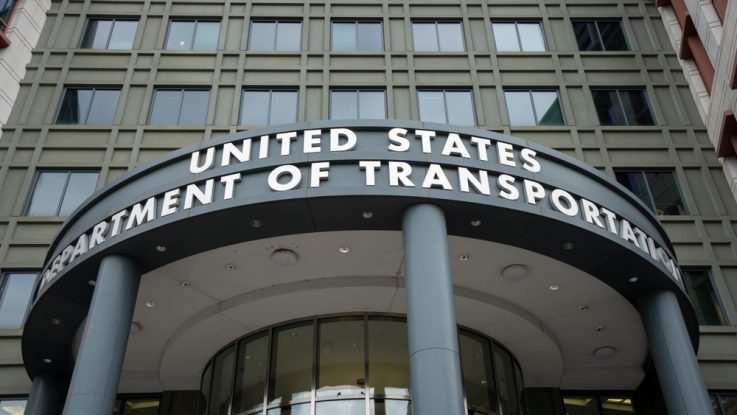
The Federal Transit Administration has released its Transit Resilience Guidebook which it states is designed to “assist transit agencies, local government officials, metropolitan planning organizations, and other entities responsible for planning, funding, operating, or coordinating with transit agencies to anticipate, adapt to, and recover from service disruptions caused by extreme weather events, natural disasters, and climate change impacts.”
The Guidebook presents a resilience planning framework using six resilience phases:
- “Assess” – transit agencies must have a strong understanding of which assets and populations are most at risk, and to which current and future weather events and natural hazards they are most vulnerable;
- “Plan” – agencies should incorporate resilience into each level of transit planning to ensure that it is considered at the earliest stages of setting priorities and site selection considerations. Incorporating science-based and nature-based solutions into planning efforts can increase resilience, while also preserving ecosystems, building community relationships, and protecting vulnerable populations;
- “Design and Construct” – when designing and developing major capital projects, transit agencies should consider potential hazards that may affect an asset and its ridership over the course of its anticipated service life and consider potential adaptation measures to reduce possible damage, economic loss, or safety impacts;
- “Manage” – due to the increasing frequency of extreme weather events, it is critical that transit agencies integrate resilience into their overall transit asset management (TAM) approach. Correct management can help reduce costs associated with damage repairs, asset replacement, or emergency evacuation, and can also help prevent service disruptions and safety hazards;
- “Maintain” – integrating adaptation measures into operations and maintenance (O&M) activities and processes is critical to continuing service and preventing hazardous conditions during and after disruptive events; and
- “Monitor” – transit agencies should develop a framework to monitor and quantify the performance and effectiveness of resilience actions and investments under various conditions.